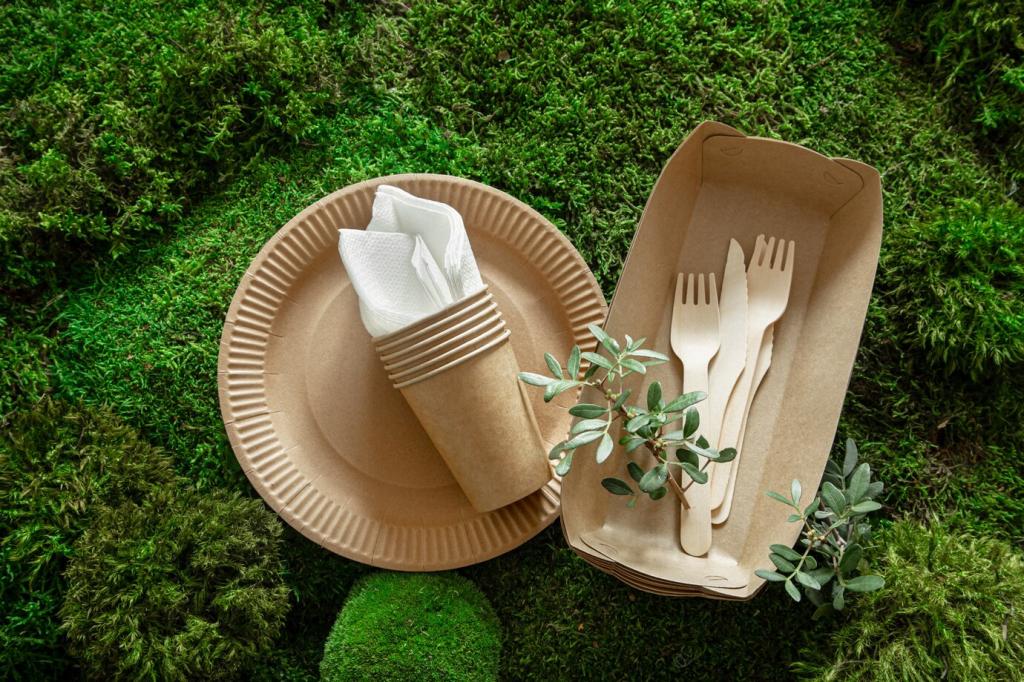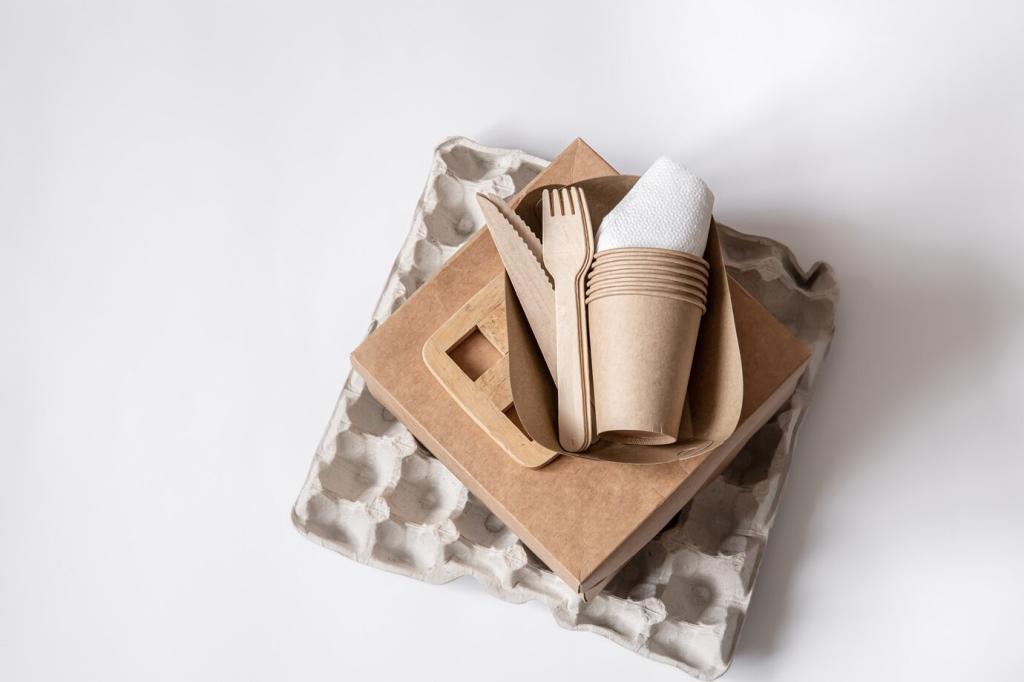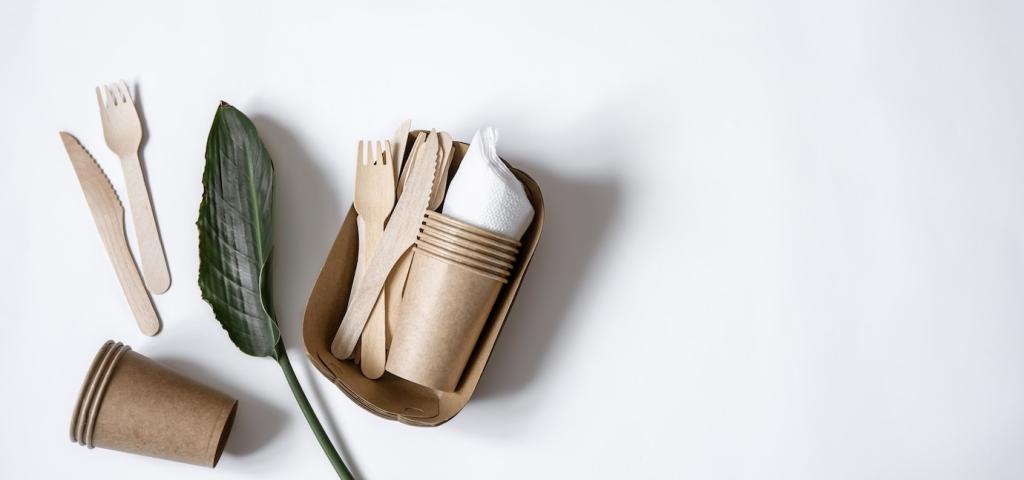Right-Sizing and Protection Without Overpackaging
Honeycomb sleeves, crinkle kraft, and die-cut paper pads create flexible protection for bottles, jars, and accessories. They store efficiently, lower plastic usage, and can be dispensed quickly. Train packers with a few standard wraps and measure breakage to confirm performance under peak volumes.
Right-Sizing and Protection Without Overpackaging
Maintain a tight library of common sizes that cover most orders. Soft goods can move to paper mailers, reducing dimensional weight. For mixed carts, use lightweight corrugate with molded pulp inserts. This approach cuts filler usage and supports faster pack times during daily fulfillment rushes.
Right-Sizing and Protection Without Overpackaging
Run drop tests and vibration simulations on your top SKUs. Monitor returns for damage notes and moisture exposure. Iterate on padding patterns and sizes. Post your lessons learned, invite readers to compare results, and subscribe for a quarterly roundup of the most cost-effective biodegradable tweaks.





